News Beat
News Beat reporting is an idrw.org initiative to let our Readers to report News Based on Actual facts but some how has not been reported in Main Stream Media .
SOURCE: RAUNAK KUNDE / NEWS BEAT / IDRW.ORG
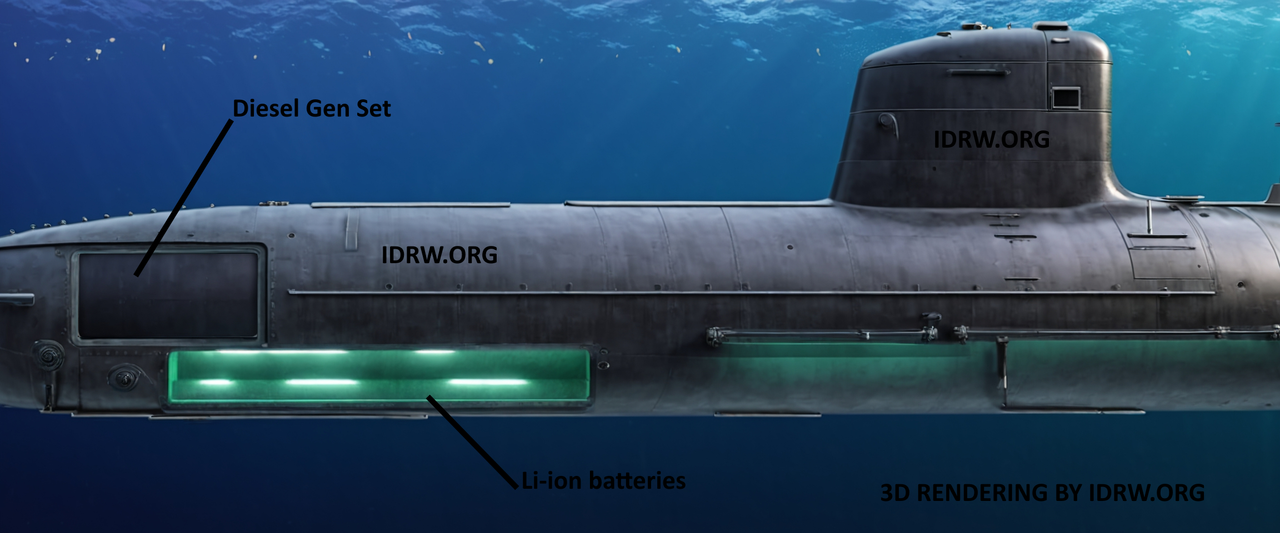
Mazagon Dock Limited (MDL), a leading Indian shipyard, is working on validating locally developed packaging for Lithium-Ion Battery modules and testing them with a Battery Monitoring System (BMS) for submarines. This innovative technology is set to be integrated into three upcoming Kalvari-class submarines for the Indian Navy.
MDL aims to complete the development and testing of this new technology by December 2026. The three follow-on Kalvari-class submarines will be equipped with these upgraded Lithium-Ion Battery modules and BMS, offering significant improvements over the six Kalvari-class submarines already in service with the Indian Navy.
Continue readingSOURCE: RAUNAK KUNDE / NEWS BEAT / IDRW.ORG
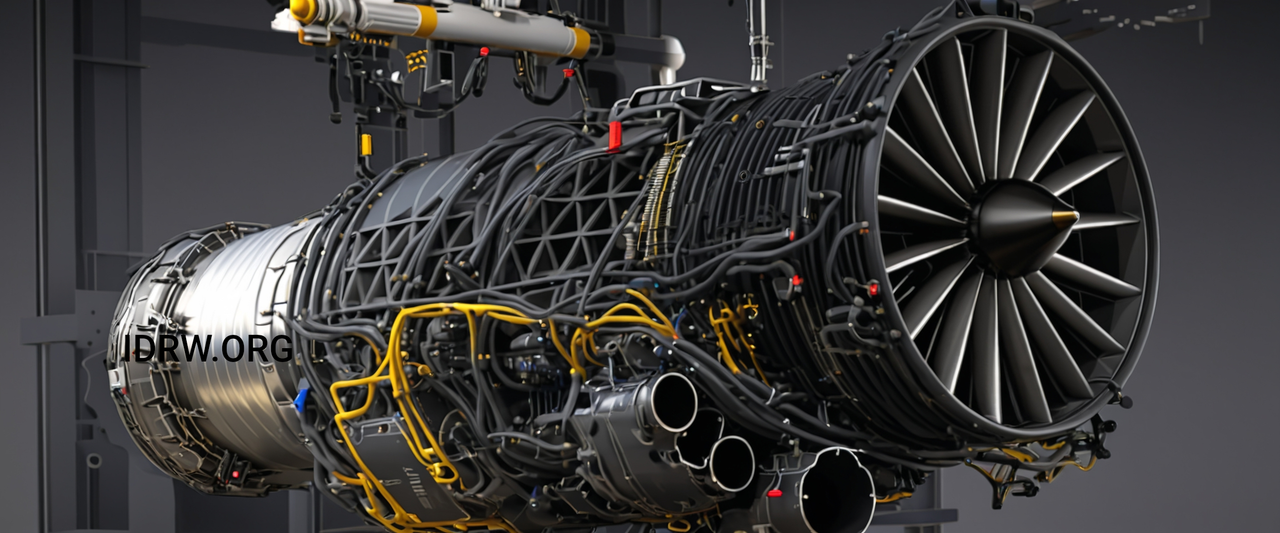
As India and the United States inch closer to finalizing a deal for the local manufacturing of 99 F-414 engines, the country’s state-owned Hindustan Aeronautics Limited (HAL) is gearing up to establish a new production facility.
HAL has already identified suitable land for the facility and is developing plans to manufacture at least two engines per month at a peak production rate. The new F-414 production line is expected to commence operations in 2028, with an initial output of one engine per month. This rate will gradually increase to two engines per month, aligning with the planned production capacity of 24 Tejas MkII fighter jets annually by 2030-31.
Continue readingSOURCE: RAUNAK KUNDE / NEWS BEAT / IDRW.ORG

G. Ramamohana Rao, Director of the Vehicles Research and Development Establishment (VRDE), has confirmed that Bharat-Forge has obtained the Transfer of Technology (ToT) for the WhAP 8×8 wheeled armoured platform. This significant development paves the way for Bharat-Forge to produce its variants of the WhAP, tailored to meet specific customer requirements.
Following the footsteps of Tata and Mahindra, Bharat-Forge becomes the third company to secure ToT for the WhAP platform. Tata and Mahindra have already introduced their second-generation WhAP models, incorporating valuable feedback from the Indian Army and Central Reserve Police Force (CRPF).
Continue readingSOURCE: RAUNAK KUNDE / NEWS BEAT / IDRW.ORG

The indigenously developed Akash Air Defense System, developed by the Defence Research and Development Organisation (DRDO), has become the go-to system for the Indian Air Force (IAF) to protect strategic and forward airbases across the country.
The Akash system has gradually replaced the Spyder Air Defense System, acquired from Israel, at several forward airbases. The IAF’s Akash launcher features a detachable trailer, towed by a Tata truck, allowing for autonomous positioning. Designed in collaboration with Larsen & Toubro, the Air Force launcher incorporates a set of missiles, a control center, a built-in mission guidance system, and C4I (command, control communication and intelligence) centers.
Continue readingSOURCE: RAUNAK KUNDE / NEWS BEAT / IDRW.ORG
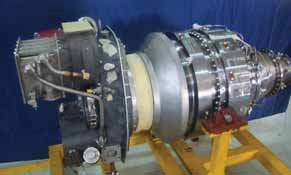
Hindustan Aeronautics Limited (HAL) inching towards a significant milestone in its indigenous engine development program. The company that had commenced Limited Series Production of the HTSE-1200 engine, sometime back that is set a powerful turbo-shaft powerplant designed to propel medium-sized helicopters.
The first batch of HTSE-1200 engines is expected to be delivered by mid-2025. Currently, 5 HTSE-1200 engines are in the fabrication stage, with the first engine slated for delivery next year.
Continue readingSOURCE: RAUNAK KUNDE / NEWS BEAT / IDRW.ORG

India is poised to make significant strides in aerospace technology with its ambitious plan to incorporate domestically produced parts and metallurgy into the Russian-supplied AL-31F jet engine used on the Su-30MKI platforms.
A hybrid technology demonstrator featuring enhanced Indian-made components, initially developed for the Kaveri engine program, is set to emerge in 2025. These components will replace inferior Russian counterparts, marking a major step towards self-reliance in engine technology.
Continue readingSOURCE: RAUNAK KUNDE / NEWS BEAT / IDRW.ORG

ThyssenKrupp Marine Systems (TKMS) has completed a critical design review (CDR) for its radical new submarine concept, featuring “Stealth Shaping,” which was previously unveiled for the Indian Navy’s P-75I program. The concept, inspired by the Type-212CD submarines currently under development for Germany and Norway, demonstrates the maturity of the design and its potential to meet the Indian Navy’s stringent requirements.
The CDR involved a comprehensive review of over 100,000 pages of documentation to ensure the design met approximately 6,000 contractual requirements, according to the German Ministry of Defense. The Type 212CD design is a significant advancement over its predecessor, the Type 212A, and while the specific variant offered to India is yet to receive an official designation from TKMS, it is based on the core principles of the Type 212CD.
Continue readingSOURCE: RAUNAK KUNDE / NEWS BEAT / IDRW.ORG

Dr Samir V Kamat, the chairman of the Defence Research and Development Organisation (DRDO), has announced that the Air-independent propulsion (AIP) system will be integrated into the Indian Navy’s Scorpène submarine by 2026. This significant upgrade will substantially enhance the submerged endurance of the diesel-electric submarine, bolstering its capabilities.
The AIP system will be inserted into the Scorpène submarine through a process involving cutting and welding. This innovative approach will enable the submarine to remain submerged for extended periods, significantly improving its operational effectiveness. As Dr Kamat emphasized, the success of a submarine lies in its ability to remain undetected. By staying submerged for longer durations, the AIP-equipped Scorpène will gain a tactical advantage, enhancing the Indian Navy’s capabilities.
Continue readingSOURCE: RAUNAK KUNDE / NEWS BEAT / IDRW.ORG
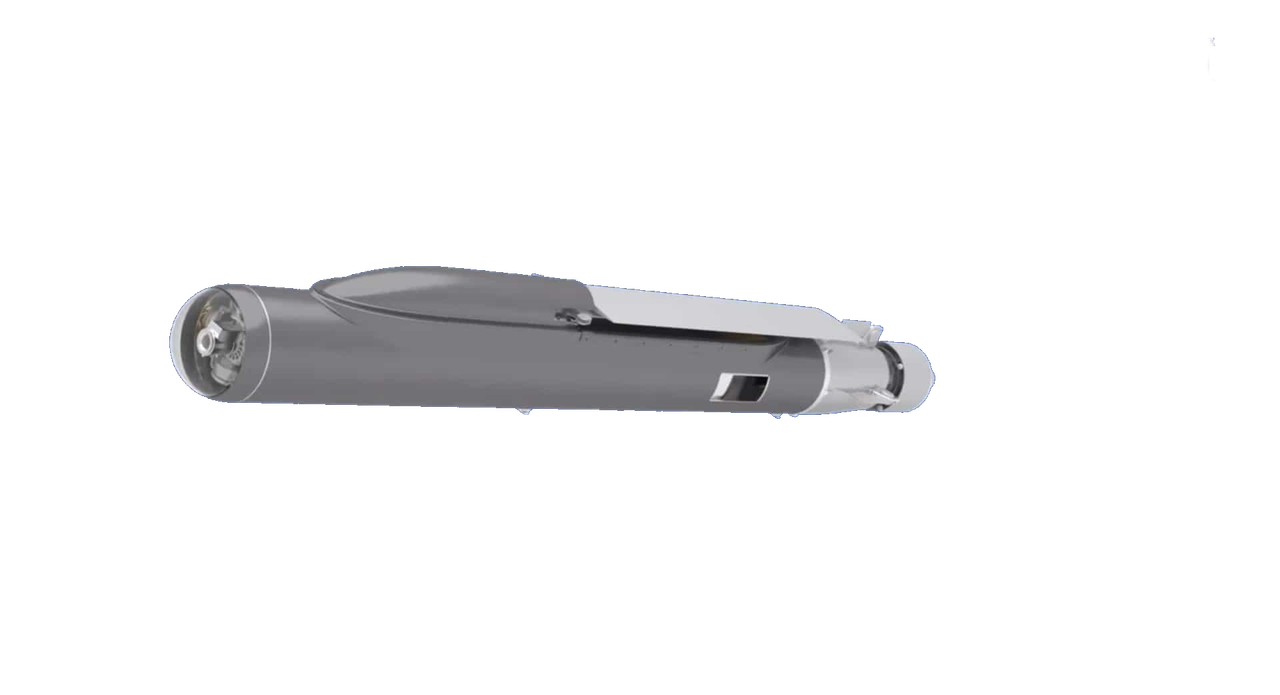
In a significant development for India’s defence capabilities, a private sector firm is now pioneering the development of turbojet-powered loitering munitions designed for the Indian Army and Navy.
These advanced munitions are set to revolutionize long-range target neutralization with their ability to strike from distances ranging from 25 km to 100 km. These loitering munitions can be launched from unmanned aerial vehicles (UAVs), providing flexibility and adaptability in various combat scenarios, With a range of 25km to 100km, these munitions can engage targets deep within enemy territory.
Continue readingSOURCE: RAUNAK KUNDE / NEWS BEAT / IDRW.ORG
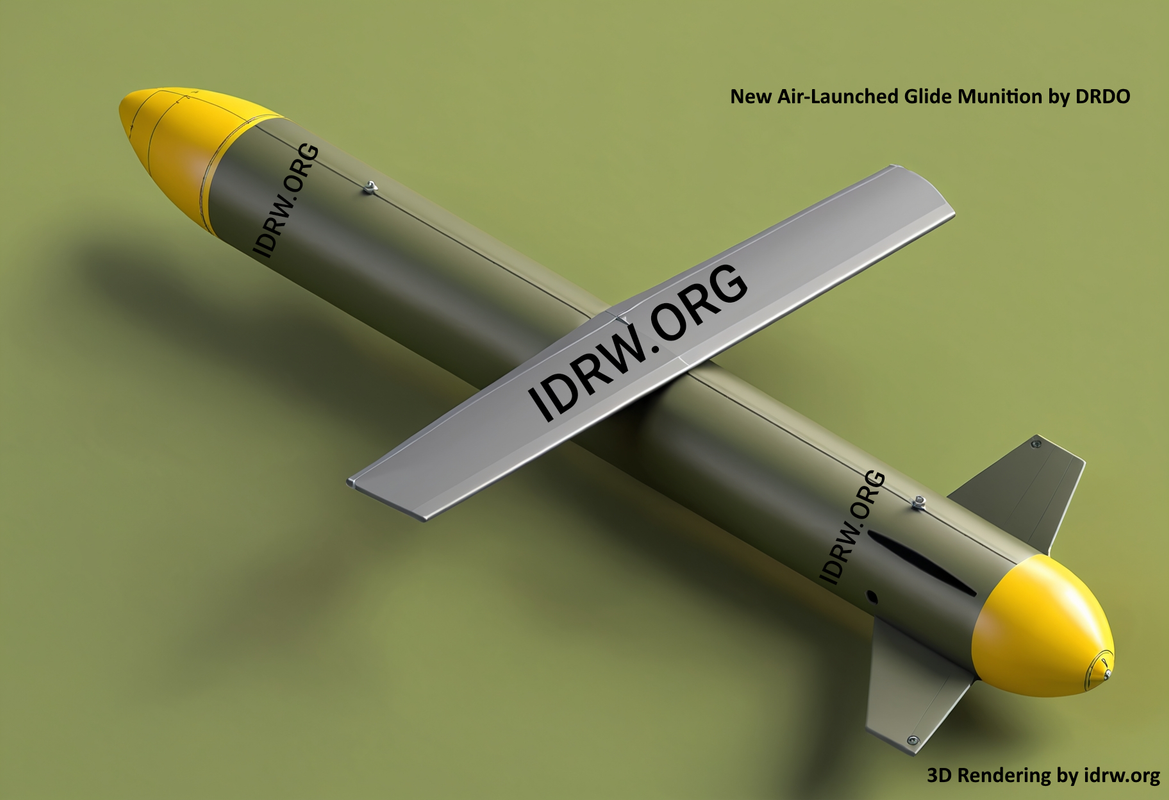
A leaked image of a wind tunnel model of an upcoming air-launched glide munition (ALGM) under development by the Defence Research and Development Organisation (DRDO) has revealed key details about its design and capabilities.
The model showcased above shows a deployable wing on the mid-section and four actuated rear fins in an X configuration. Notably, the munition does not appear to have its own propulsion system, suggesting that it relies on the initial boost provided by the launch aircraft to achieve its desired trajectory and range.
Continue readingSOURCE: RAUNAK KUNDE / NEWS BEAT / IDRW.ORG

India is set to develop a new high-thrust engine for its Advanced Medium Combat Aircraft (AMCA) program, the country’s ambitious 5th-generation fighter jet project. According to sources within the Gas Turbine Research Establishment (GTRE), which is the lead agency responsible for this development, the new engine will require a minimum accumulated 1,600 hours of running time over nearly eight years before it can be cleared for production.
The development of the new 110 kN thrust class engine, in collaboration with a foreign Original Equipment Manufacturer (OEM), is projected to take nearly eight years, with extensive testing protocols set to validate its performance. GTRE sources indicate idrw.org that the initial 3-4 years of this timeline will be dedicated to ground-based testing. During this phase, the engine’s various parameters, such as fuel efficiency, reliability, and thrust output, will be meticulously evaluated.
Continue readingSOURCE: RAUNAK KUNDE / NEWS BEAT / IDRW.ORG

The Russian aerospace firm United Aircraft has expressed interest in partnering with India to locally manufacture its Il-76MD-90A transport aircraft. This proposal aims to replace the Indian Air Force’s (IAF) ageing fleet of Il-76MDs, which were acquired in the early 1980s.
The Il-76MD-90A is a modernized version of the Il-76MD, featuring significant upgrades and improvements. Powered by new, more powerful PS-90A-76 engines, the aircraft offers enhanced take-off, landing, and cruise performance, increased payload and flight range, improved efficiency, and reduced noise and emissions. Over 70% of the aircraft’s systems have been updated, resulting in a payload increase from 40 to 60 tons and enhanced flight safety.
Continue readingSOURCE: RAUNAK KUNDE / NEWS BEAT / IDRW.ORG
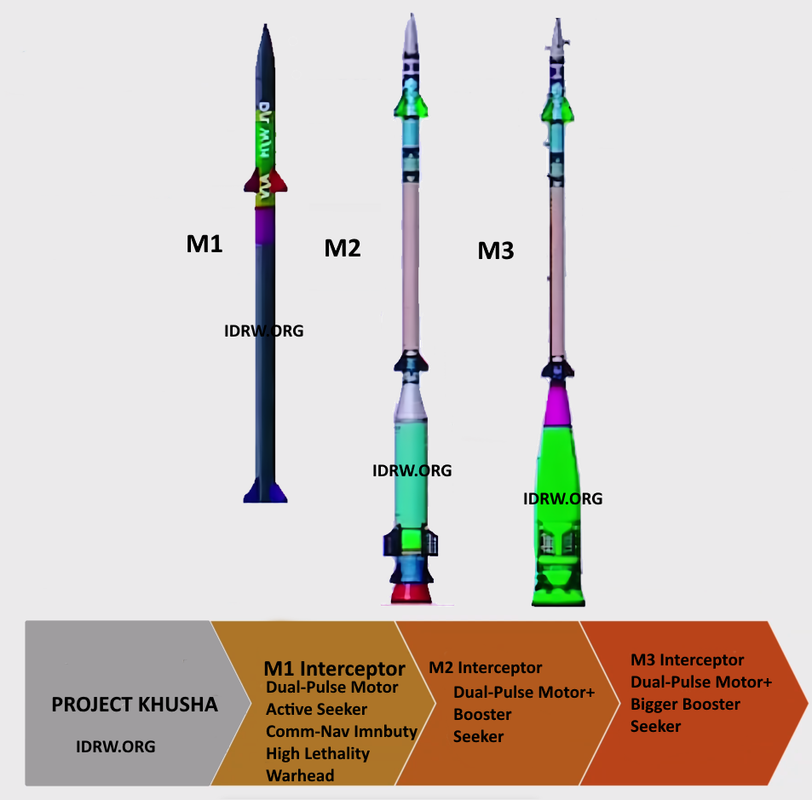
India’s Defence Research and Development Organisation (DRDO) has shed light on the much-anticipated Project Kusha, a multi-layered air defense system designed to safeguard the country’s airspace from a wide range of aerial threats. Recent images obtained by idrw.org reveal crucial details about the three interceptor missiles being developed under this project: M1, M2, and M3.
Project Kusha employs a tiered approach to air defense. Each interceptor missile caters to a specific range and target type, ensuring comprehensive protection against enemy aircraft, cruise missiles, and even airborne early warning and control systems (AWACS) and aerial refuelers.
Continue readingSOURCE: RAUNAK KUNDE / NEWS BEAT / IDRW.ORG

The National Aerospace Laboratories (NAL) has issued a Request for Proposal (RFP) for a collaboration aimed at developing a cutting-edge 150kg loitering munition (LM-UAV). This initiative is part of NAL’s efforts to advance indigenous aerospace technologies and enhance India’s defence capabilities.
NAL’s new project involves the development of 10 prototypes of the 150kg loitering munition UAV, a versatile and high-performance system designed for precision strike and surveillance missions. The project has an estimated cost of ?102 crore, with NAL contributing ?64 crore towards the development. The UAV will be powered by a 30hp Wankel engine developed by NAL and will feature a state-of-the-art Electro-Optical/Infrared (EO/IR) sensor gimbal and a 200km line-of-sight (LOS) communications link.
Continue readingSOURCE: RAUNAK KUNDE / NEWS BEAT / IDRW.ORG

India’s ambitious plan to acquire 31 MQ-9B Sky Guardian drones, commonly known as Predator drones, for nearly $3 billion, has recently seen a significant shift. Initially, there were discussions about integrating Indian-made weapon systems such as the air-launched Helina Anti-Tank Guided Missile (ATGM) and the UAV Launched Precision Guided Missile (ULPGM). However, due to the high costs associated with integration and certification, these plans have been deferred, at least for now.
The Indian Army and Air Force were both keen on equipping the MQ-9B drones with Indigenous weapons, which would have bolstered India’s defence self-reliance. However, the costs involved in integrating and certifying these Indian-made systems on the Predator drones were found to be prohibitively high. This includes the costs associated with adapting the drones’ existing architecture to accommodate new weapons and ensuring that these systems meet stringent operational standards.
Continue reading